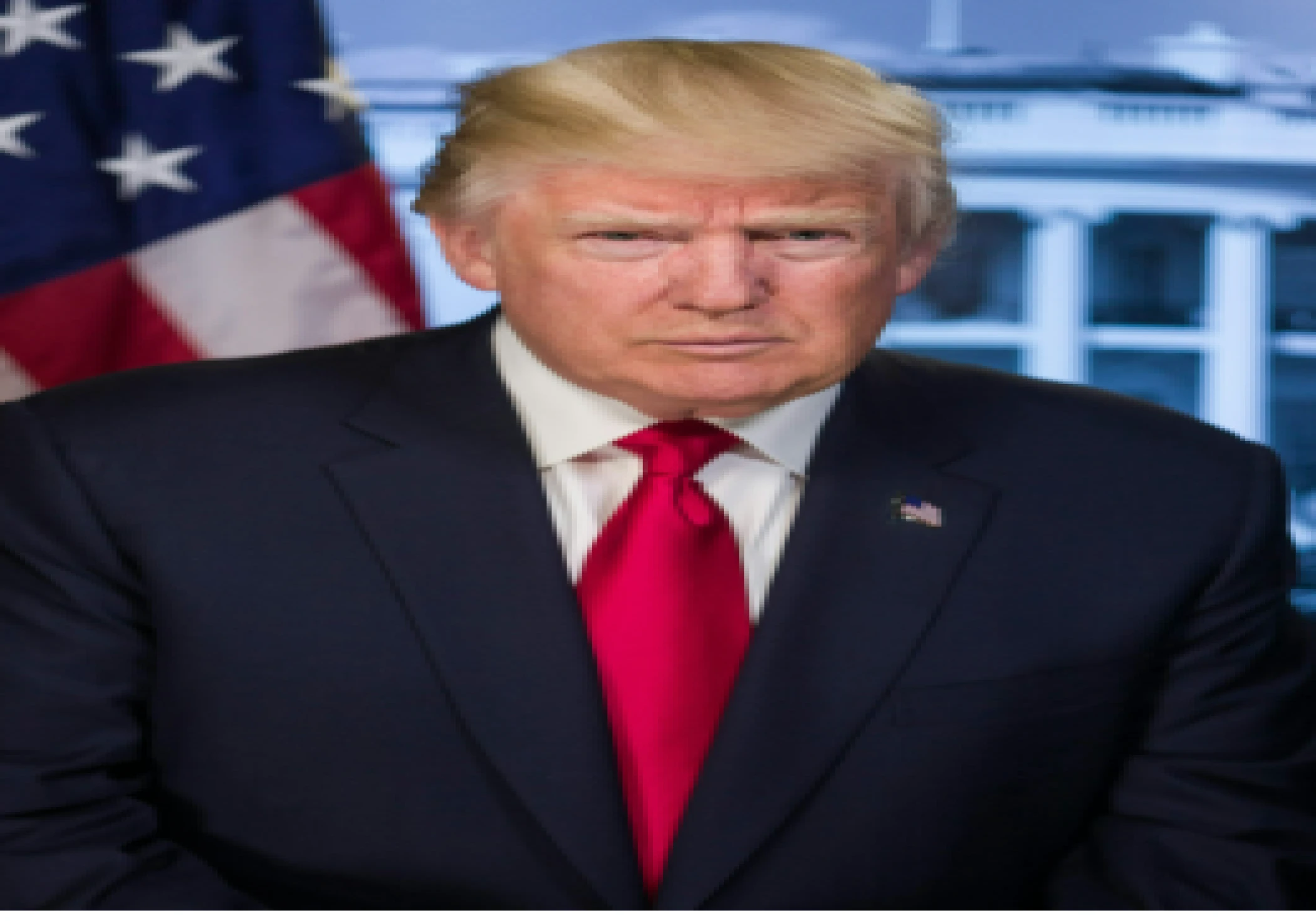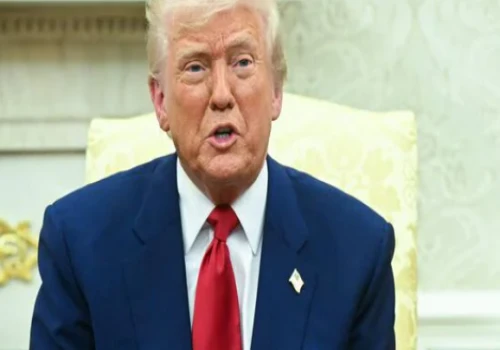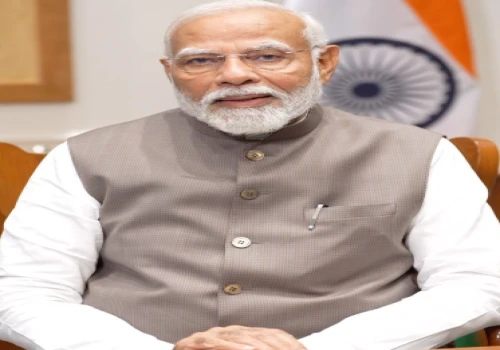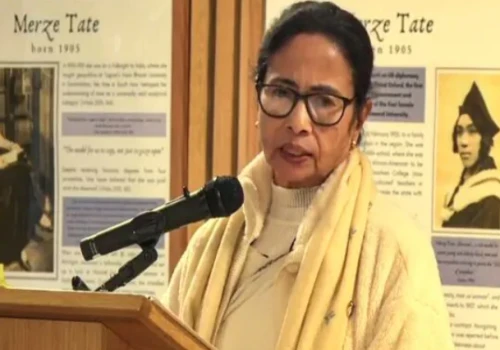
US President Donald Trump on Monday launched a dramatic pivot from his existing trade policy agenda by calling a ceasefire on tariffs across "most countries" as well as increasing tariff rates dramatically against Chinese exports to 125 percent. In doing so, he indicated Trump's return to tough-on-China position in politics.
Trump, with an eye on the possibility of returning to the White House, said his administration would halt the economic "bleeding" by restoring protective measures to defend domestic jobs and manufacturing. Though he gave no specifics on what countries would benefit from the tariff pause, he indicated China would be treated separately because of historic trade imbalances and abusive practices.
This dramatic increase in tariffs on Chinese imports is a drastic escalation of the earlier trade war in his first term. Economists have cautioned that the move could reopen hostilities between Washington and Beijing, cause supply chains around the world to unravel, and push consumer prices higher in the United States. China is also likely to appeal the move, possibly to the World Trade Organization or through retaliatory trade actions.
Concurrently, suspension of tariffs to other nations would be an act to stabilize trading relations with core allies and main trading partners. This double-take method looks to meet economic as well as political purposes to help support Trump's "America First" mandate while avoiding any potential for a worldwide reaction stemming from the full implementation of blanket tariffs.
As the 2024 election campaign heats up, Trump's new emphasis on economic nationalism and protectionism through trade signifies that the two themes will continue to stay at the heart of his campaign message. The difference in the approach towards China and other countries indicates his desire to once again redefine America's position in global trade—this time with even stronger actions.











